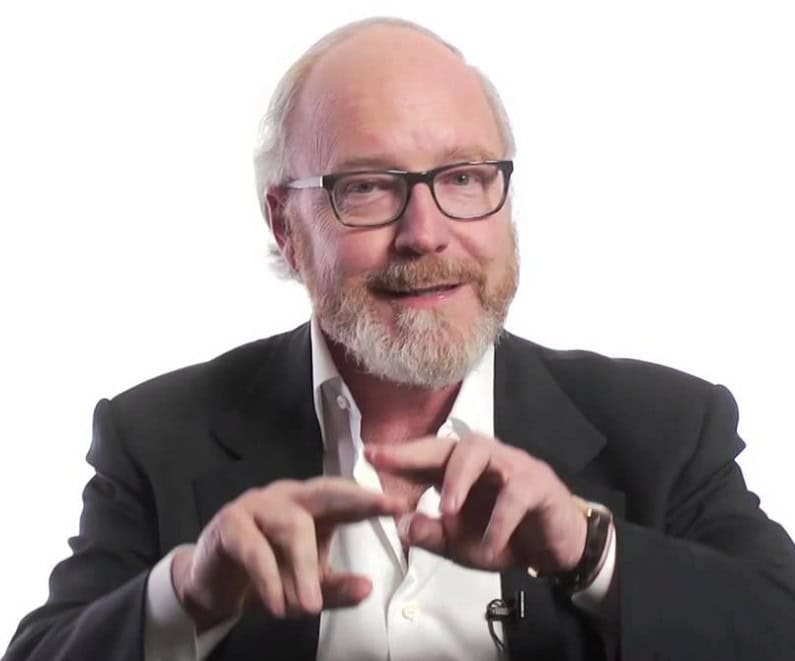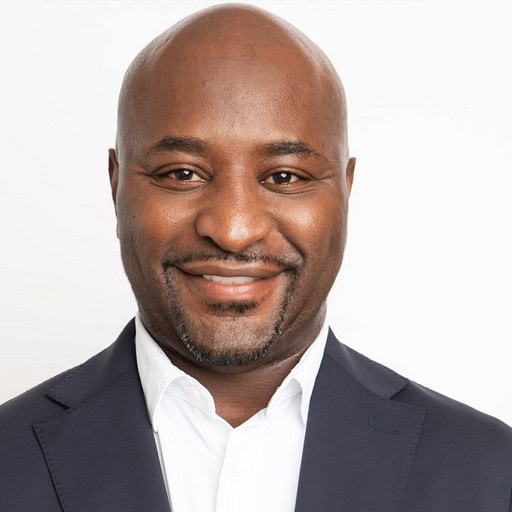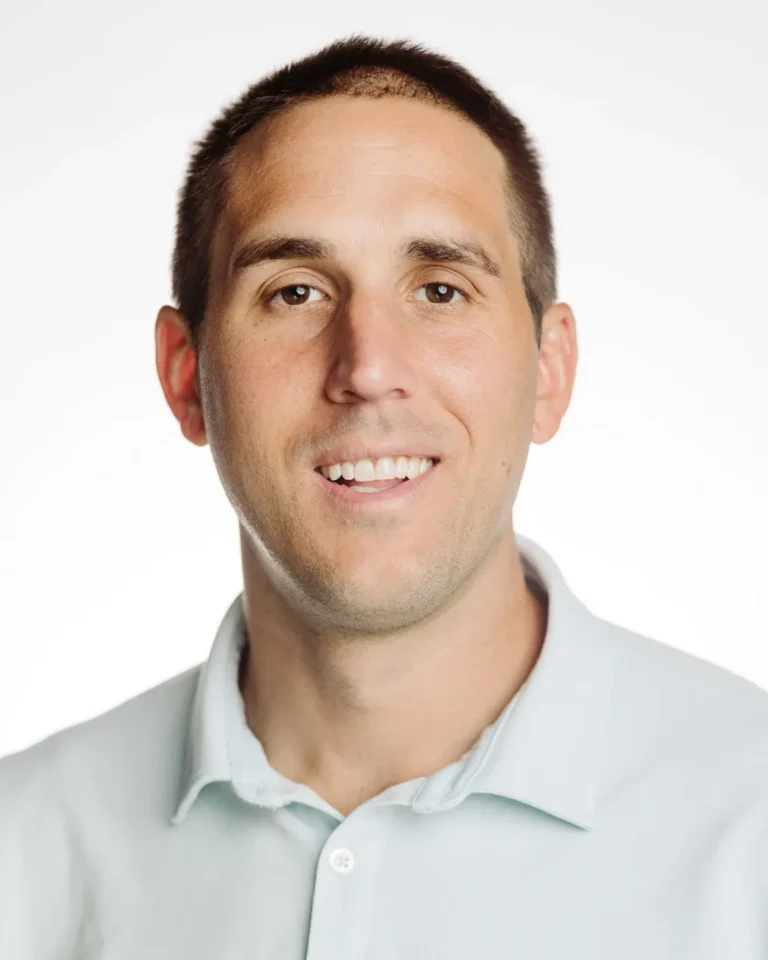
May 9, 2020
John Hagel, Co-Chairman, Deloitte Center for the Edge
Every industry is facing an onslaught of change brought about by COVID-19, and the consultancy industry is no exception. In some cases, the very definition of competition is changing as firms must pivot to suddenly focus their attention internally to address how they can continue delivering their clients with top-notch service. Mid-tier competitors of the Big Four – Deloitte, E&Y,PwC, and KPMG – had been gaining some ground, in some part due to scrutiny over the sheer market share dominance. Just last year a UK competition watchdog recommended joint auditing, requiring a large listed firm to also hire a smaller competitor if a Big Four firm is hired.
The new pandemic world has abruptly changed what defines a working business model. Namely, advanced IT infrastructure is the new name of the game and mid-tier competitors can’t easily compete with the massive investments the Big Four had already made. KPMG, PwC, and E&Y have committed $9 billion in technology initiatives. Deloitte hadn’t made public its investment size, but it is no doubt an impressive number as well. The foresight to innovate and make these investments has given them the upper hand as they’ve entered a fully virtual working environment. Maintaining that long-term vision of innovation is more important now than ever.
Join me and John Hagel, co-chairman of Deloitte’s Center for the Edge, as we explore emerging business opportunities that are not on enough CEO agendas, why some large organizations struggle to adapt and his provocative book,The Power of Pull.
Center for the Edge
This unit of Deloitte identifies emerging business opportunities that CEOs should be evaluating. The team focuses on three research streams: long-term forces shifting the global economy, opportunities emerging as a result of those changes, and ‘pragmatic pathways’ to help large institutions make a shift. Says John on the challenges his group tackles, “I love the concept of paradox and I frame the big shift as a paradox. On the one side, it’s creating exponentially expanding opportunity, we can create far more value with far less resource far more quickly than would have ever been imaginable… At the same time, it’s creating mounting pressure.”
The Inevitable Challenges
John warns, “never ever underestimate the immune system that exists in every large institution. The slightest sign of change will mobilize to crush.” Rather than going top down to transform the core of the business, he recommends finding a business’s edge which has the possibility to adapt to the new changes in the economy. This may ultimately become the new core of the business. The shorter term is often the focus of leadership at the expense of ignoring opportunities further out on the horizon. This is especially apparent right now with COVID-19 agendas focused on how to get workers back into the office safely. He keeps myopic management on track by pushing two time horizons concurrently. For example, a 6-12 month plan can focus on a return to the office while a 10-20 year plan can address quarantine emotions that will ultimately drive consumer behavior.
“Amazon will struggle with the decision between promoting their own products and services vs. recommending competitors”
Spotted Trends
John often hears of two very different views on long-term shifts in employment: Either more fragmentation within employment, down to individuals performing more contract work, vs. a concentration of a few firms employing the masses. His group at Deloitte thinks both sides could be right. Regarding the future of our economy, he expects to see concentration in infrastructure management systems that operate best at high volumes, such as data centers. Alternatively, given evolving customer demands, mass market services and products are less likely to suffice as we continually prefer more customized goods and services. He expects to see a shift from large firms to niche firms that target specific customers. As fragmentation of products continues, customers will begin valuing relationships with a new type of company he dubs “trusted advisors” or businesses that can connect consumers to those specialized businesses. Companies such as Amazon will struggle with the decision between promoting their own products and services vs. recommending competitors’ products which may be better fits.











